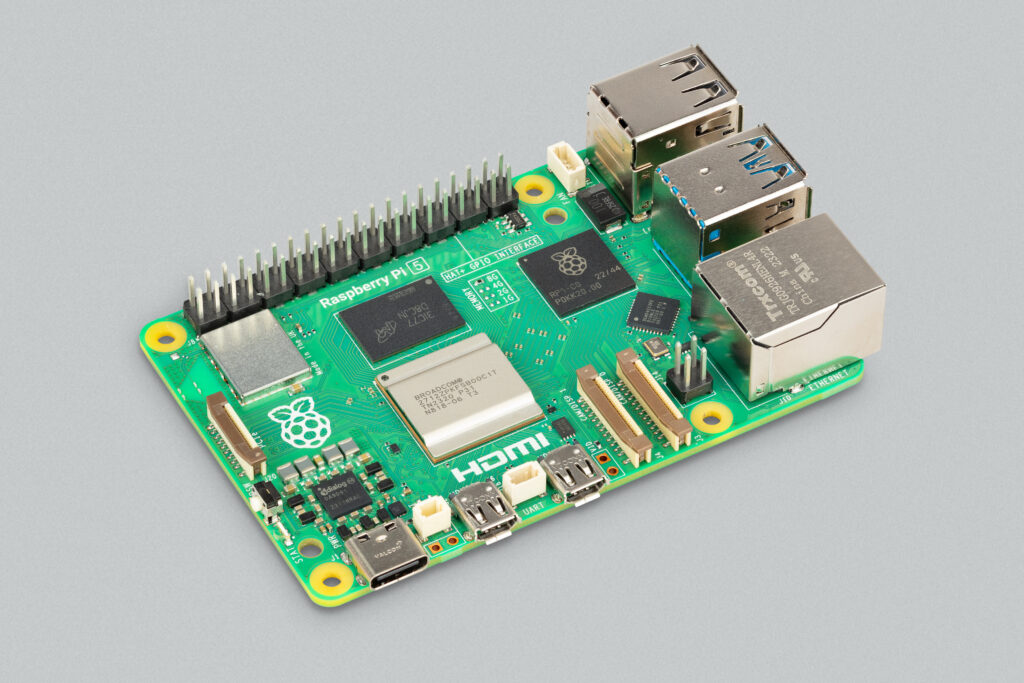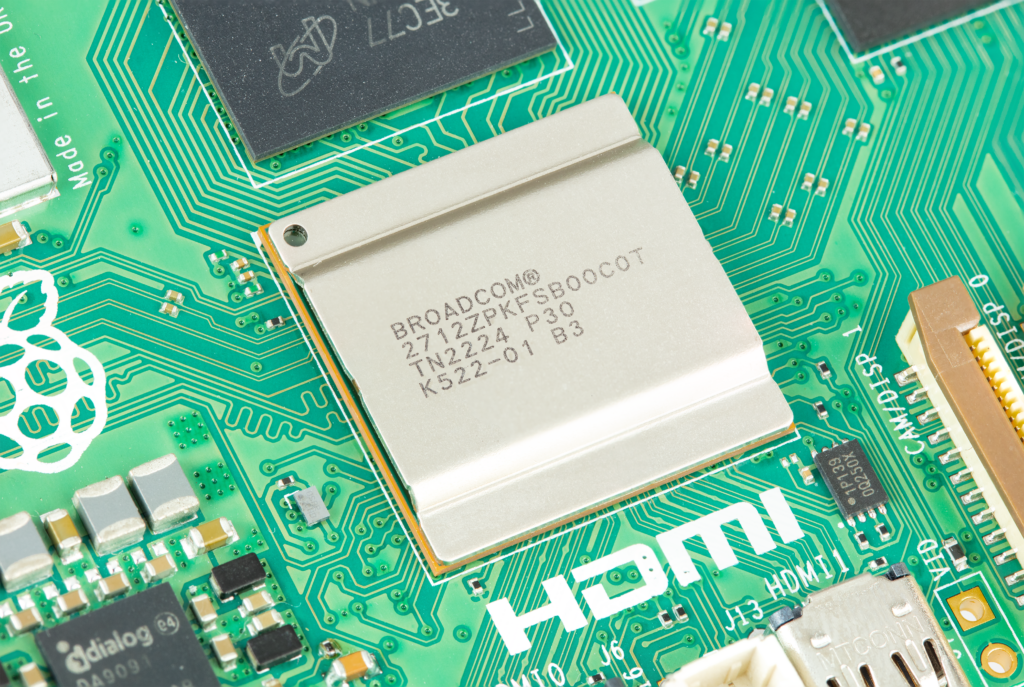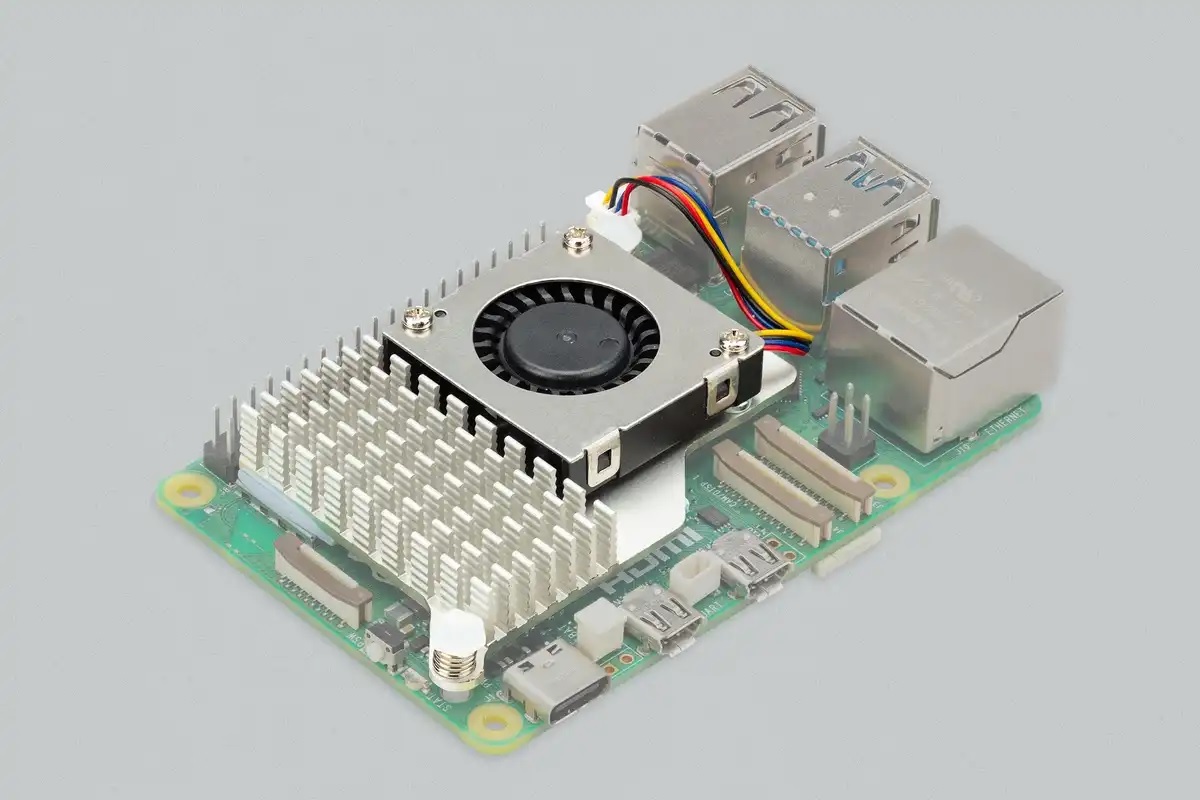The Raspberry Pi 5 is coming – Here’s what you need to know
The Raspberry Pi 5 is launching next month with several HUGE hardware upgrades
Next month, the next generation of Raspberry Pi will be unleashed, giving fans of the micro computing platform hardware upgrades across the board. This includes a huge leap in processing power, increased power efficiency, and boosted connectivity.
The Raspberry Pi 5 is more than two times faster than its predecessor, and is the first Raspberry Pi device to feature silicon that was created in-house in the UK. The mini PC is set to launch in late October for $60 for the device’s 4GB version, and $80 for the device’s 8GB version. These prices exclude taxes.
Raspberry Pi 5 Hardware and Features
One of the core upgrades to the Raspberry Pi 5 is the system’s move to a new 16nm Broadcom BCM2712 processor. This processor is much more powerful than the old 28nm BCM2711 CPU that was found in the Raspberry Pi 4. For starters, the new processor pushed CPU clock speeds to 2.4 GHz. The CPU cores themselves also move to ARM’s newer Cortex A76 design. These CPU cores are three architectural generations beyond the Raspberry Pi 4’s Cortex-A72 cores. The Raspberry Pi 5’s CPU cores also feature more internal cache, with 512KB of per-core L2 caches, and a 2MB shared L3 cache.
Overall, the CPU on the Raspberry Pi 5 is said to be 2-3x faster than the CPU on the Raspberry Pi 4, thanks to faster memory, a newer CPU core design, and higher core clock speeds. The system also features two times as much memory and I/O bandwidth.
GPU-wise, the Pi 5 also features a new VideoCore VII GPU. This GPU is two times stronger than the Raspberry Pi 4’s GPU and can support two 4K60 video outputs with HDR. The Raspberry Pi also features a faster 32-bit LPDDR4XÂ 4267 MT/s memory subsystem.
Below are the core features of the Raspberry Pi 5.
- 2.4GHz quad-core 64-bit Arm Cortex-A76 CPU
- VideoCore VII GPU, supporting OpenGL ES 3.1, Vulkan 1.2
- Dual 4Kp60 HDMI display output
- 4Kp60 HEVC decoder
- Dual-band 802.11ac Wi-Fi
- Bluetooth 5.0 / Bluetooth Low Energy (BLE)
- High-speed microSD card interface with SDR104 mode support
- 2 × USB 3.0 ports, supporting simultaneous 5Gbps operation
- 2 × USB 2.0 ports
- Gigabit Ethernet, with PoE+ support (requires separate PoE+ HAT, coming soon)
- 2 × 4-lane MIPI camera/display transceivers
- PCIe 2.0 x1 interface for fast peripherals
- Raspberry Pi standard 40-pin GPIO header
- Real-time clock
- Power button
Meet the RP1 – A new chiplet Pi design
With previous Raspberry Pi generations, the system uses a monolithic AP (application processor) architecture. This design had all I/O and compute tasks integrated into the AP itself. Having I/O features on the AP becomes an increasingly expensive process as the AP moves to newer and newer process nodes. With the Raspbery Pi 5, a new “disaggregated chiplet architecture”, has been used to keep costs down and device performance high.
This new chiplet architecture resulted in the creation of the RP1, which has moved a lot of I/O workloads away from the application processor. Now, the application processor handles SC card connectivity, SDRAM connectivity, HDMI connectivity and PCI express. The RP1 handles all other I/O connectivity. This helps the Raspberry Pi to deliver substantial performance gains over its predecessors while also keeping costs low. The RP1 has been in development since 2016, and it is one of the most expensive, and the Raspberry Pi 5 uses the 3rd major revision of the company’s RP1 silicon.
Raspberry Pi 5 Accessories
A suite of new accessories have already been designed for the Raspberry Pi 5, including an official case, a new 27W USB-C power supply, and a active cooler that should help Pi 5 users to access the most possible performance from their devices under heavy loads. The new Raspberry Pi case will cost $10, the active cooler will cost $5, and the power supply will cost $12.
Like older flagships, the Raspberry Pi 5 is built the UK. Specifically, manufacturing will be at the Sony UK technology centre in Pencoed, South Wales. Raspberry Pi has been working with Sony since 2012 on Pi manufacturing. This keeps manufacturing within a few hours of travel from the company’s design centre in Cambridge. Raspberry Pi manufacturing is staying in the UK.
You can join the discussion on the Raspberry Pi 5 on the OC3D Forums.






